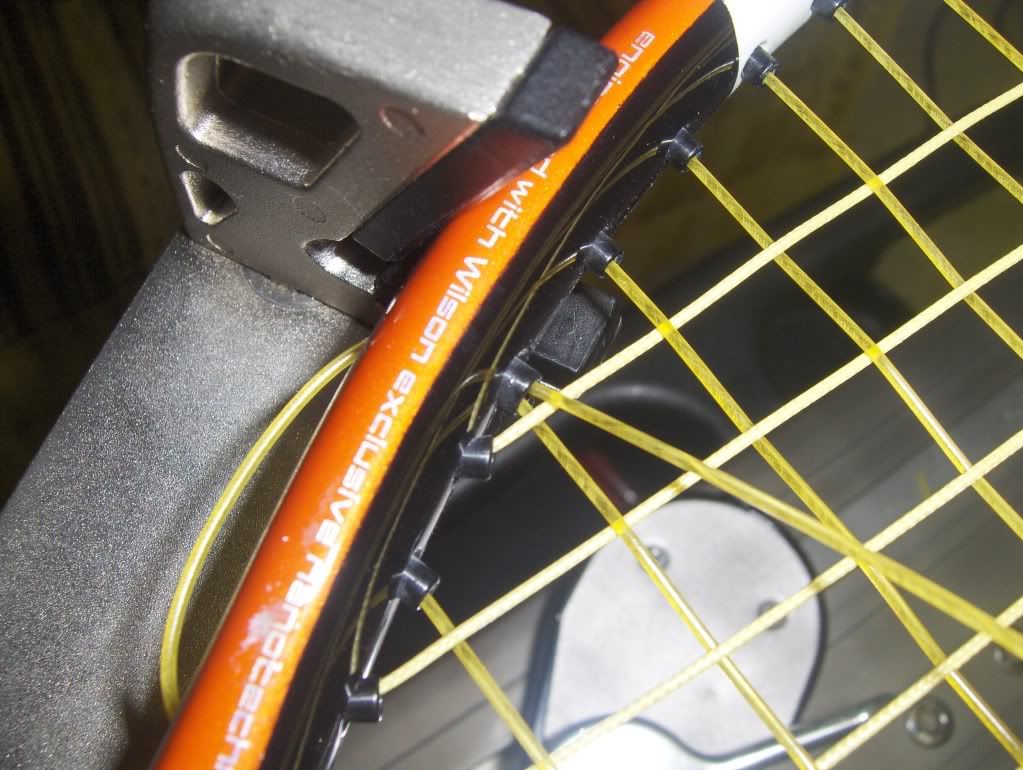Hidious
Professional
I have been stringing a lot of different racquets lately and i am always stunned when the stringing pattern wants me to tie off the crosses on another cross, the one right next to the first main. These spots are tight and appear to me as the worst location to tie-off the crosses. I don't have enough room for a parnell knot and the last main is not straight anymore because there is a knot in the way and it pushes on it.
Definitely not a big deal but a lot of racquets have these tie-off locations for crosses. So many holes available, why this one?
Anybody know what i'm talking about?
Definitely not a big deal but a lot of racquets have these tie-off locations for crosses. So many holes available, why this one?
Anybody know what i'm talking about?



